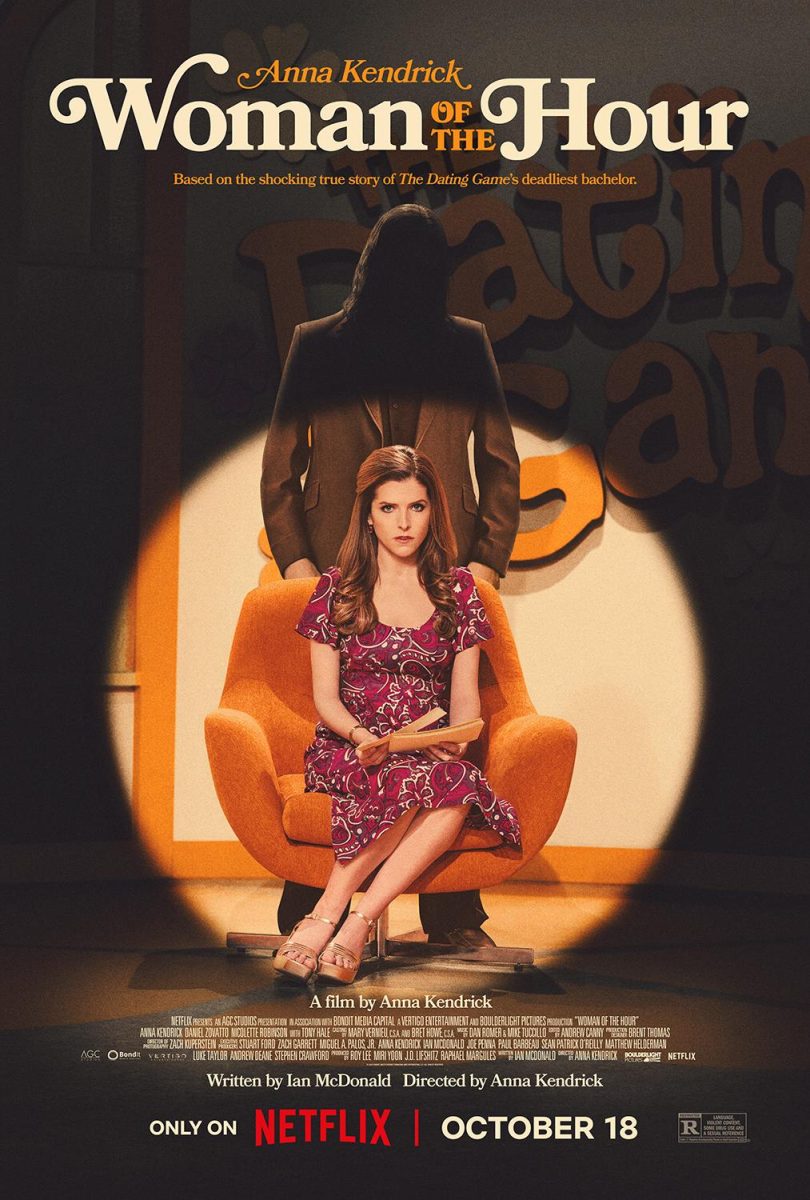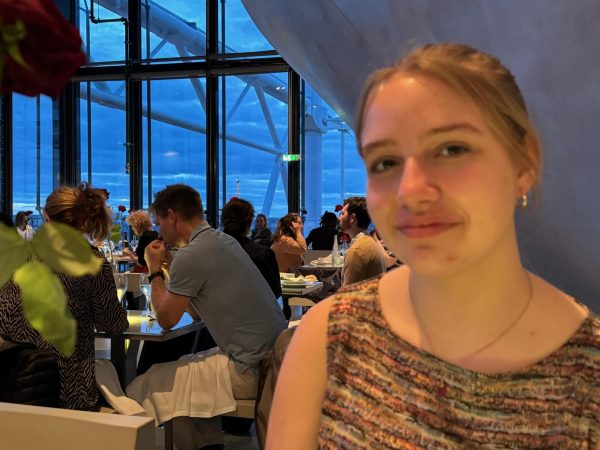Social media and the prevalence of tragedy and horror common in what we consume every day have given us an apathetic view of the true atrocities of situations, and this is seen most commonly in the glorification and romanticization of murderers through true crime and film.
Think of any of the most “infamous” serial killers: Ted Bundy, Jeffrey Dahmer, the Zodiac Killer. All of them have numerous podcasts, YouTube series, documentaries, and dramatized, fictitious retellings of the murders through numerous perspectives, but most often in the popular Hollywood versions, through the eyes of the killer.
I absolutely hate Hollywood retellings through the eyes of the killer. No matter how it’s done, no matter how horrifying and gruesome the crimes are, every story told this way leads to a more romanticized view of the person. In these movies, the killer is the main character, and even if you’re not viewing the main character as a good person, the repetitions of archetypes in film and media gives the perceived idea, even if subconscious, that makes you in some way or another root for the protagonist.
Due to these repetitive patterns, I typically avoid dramas and thrillers that retell these stories, partly due to my distaste for excessive gore in movies. So when I saw a trailer for a new Netflix film Woman of the Hour starring Anna Kendrick as the protagonist, Cheryl Bradshaw, I was apprehensive to watch it, despite my initial interest, in fear of how the story would be told.
Woman of the Hour is a film based on the true story of serial killer Rodney Alcala (portrayed by Daniel Zovatto), who is convicted of seven murders but is estimated to have killed over 75 people in his numerous trips across the country. Like many serial killers, Alcala was charming, charismatic, and a master manipulator who was able to lure and kill dozens of women. This is shown by one of the interesting points of this specific story: Alcala went on a dating show in 1978 called The Dating Game, which features one woman asking a panel of three men a multitude of questions and then, in the end, picking one to go on a date with.
On the episode Bradshaw was featured on, her chosen date was none other than Alcala.
Different from many retellings seen in the genre, this story isn’t told or seen from Alcala’s perspective, despite his being the common denominator throughout the movie. Instead, the movie is told through a multitude of stories from his victims. The victims aren’t just given a name and then immediately cut to a brutal murder like is seen in many films typical to the genre, but each woman gets her own story, and almost every murder happens off-screen, a purposeful choice from actress and director Kendrick.
When you think of a serial killer, it happens so often that we reduce people’s lives to a simple number, but this film delves into their lives, their wants, their dreams, and the situations that have led them there; they’re not numbers or victims but people who have aspirations and people they love.
Similarly to the more in-depth stories of the lives of the victims is the portrayal of misogyny throughout the story and how that misogyny affects Cheryl, who’s trying to make it in Hollywood, and Laura (Nicolette Robinson). Laura is the friend of one of Alcala’s victims, and she is seen as part of the live audience for the show when she recognizes Alcala is the man she suspects murdered her friend and she attempts to go to the show’s producer to bring up the issue when she is ignored and called crazy and irrational. Although this aspect of the story is fabricated, it’s meant to show the difficulty that so many women face when trying to report sexual harassment and abuse and dangerous situations when they are repeatedly ignored.
In Alcala’s case, he had dozens of reports against him; he was on the sex offender list for well over a decade. He had a criminal record for child molestation and attempted murder by the time he appeared on the show. Despite the numerous red flags and cries for help from everyone who reported him, nothing happened until much later.
There are, of course, discrepancies between the true story and the film adaptation used to make for a better story. For example, although in the movie Cheryl and Alcala go out for a drink after the show is done shooting, in real life Cheryl refuses the date with Alcala because her interactions with him backstage were off-putting and creepy, and this intuition most likely saved her life. In reality, every woman who crossed paths with Alcala was in danger of being the next victim because, as stated in police reports after his multiple trials, he seemed to always be in “hunting mode.”
Woman of the Hour does an incredible job at paying respect to the victims and giving each one an individualistic personality and story true to themself rather than portraying them as just another number in Alcala’s slaughter. It’s an excellent example of how stories as horrific as what Alcala did should be portrayed in the media, not with him as the main character or protagonist but as the villain of the story, just as it should be.



























































































